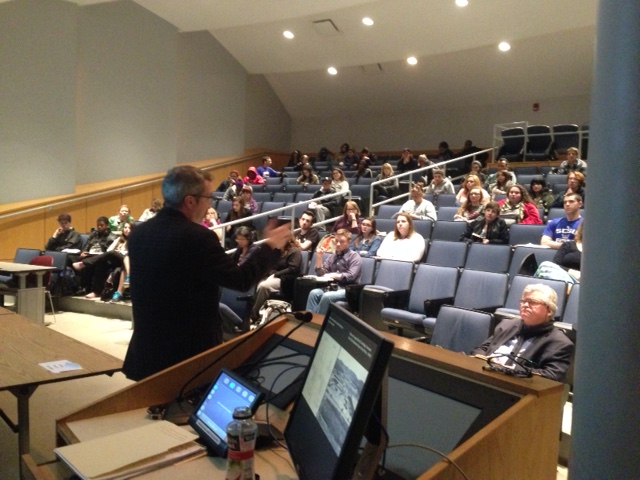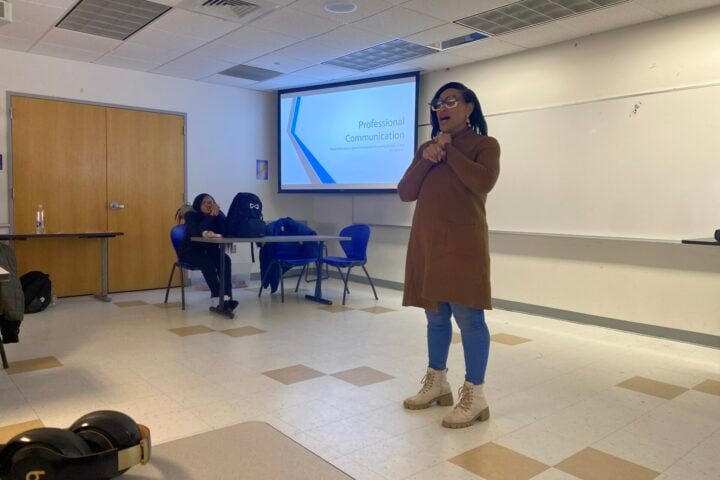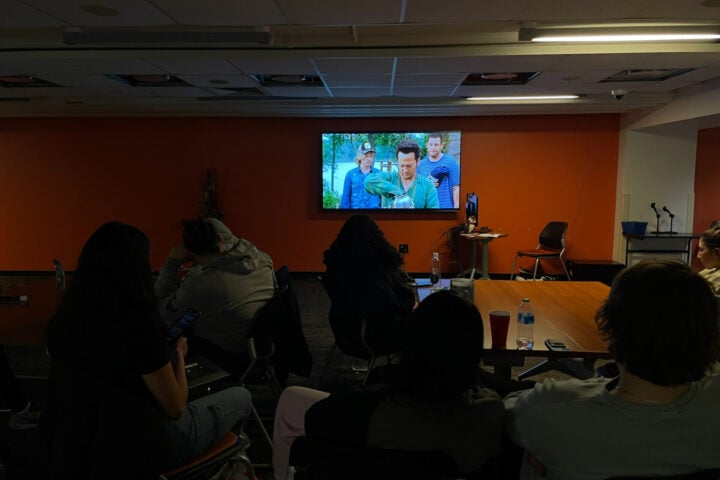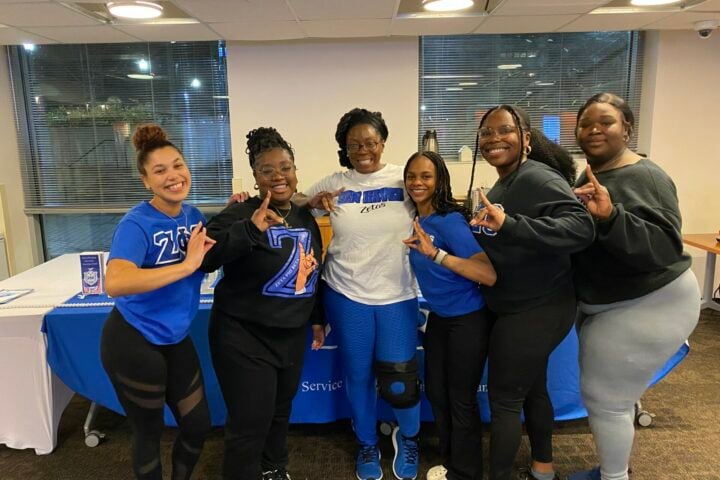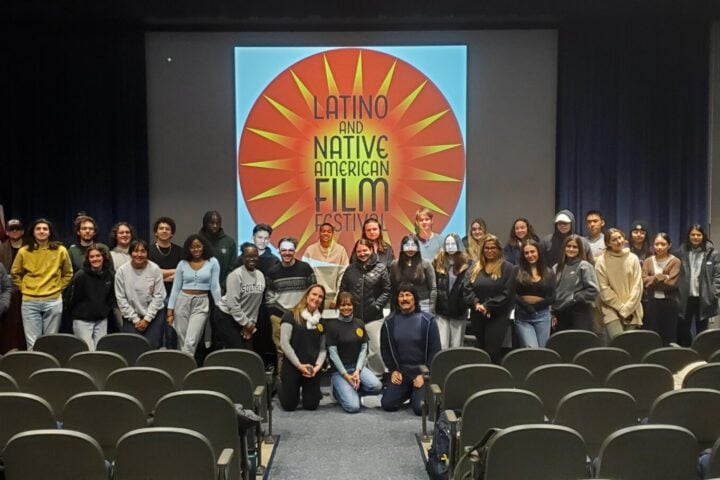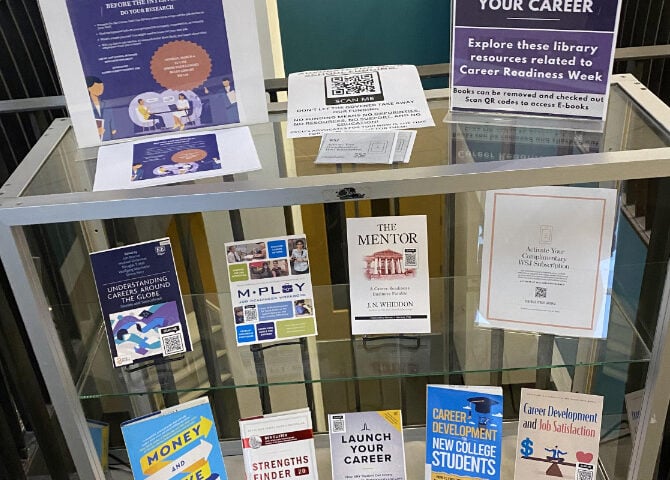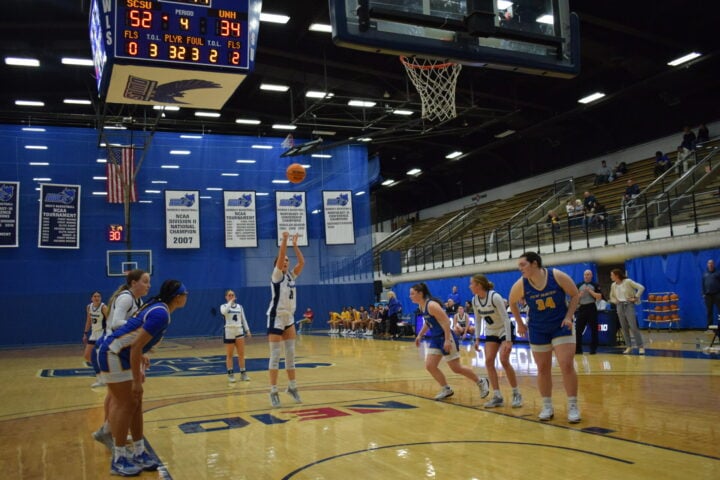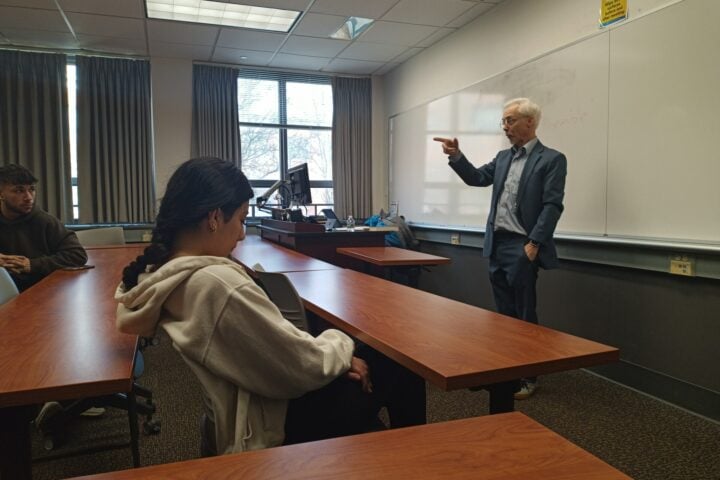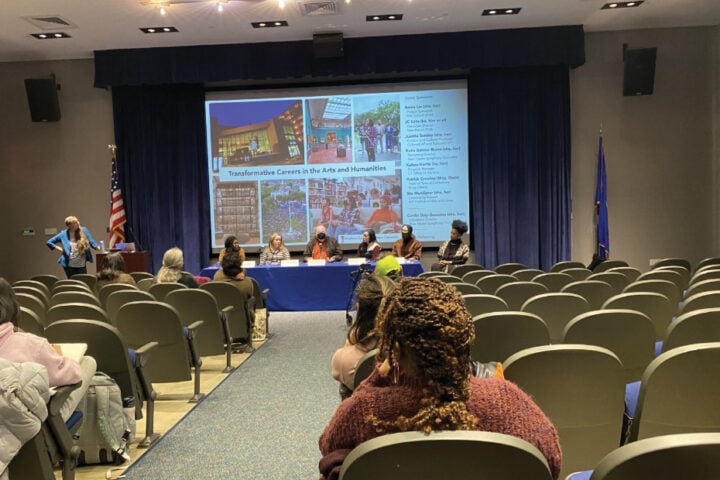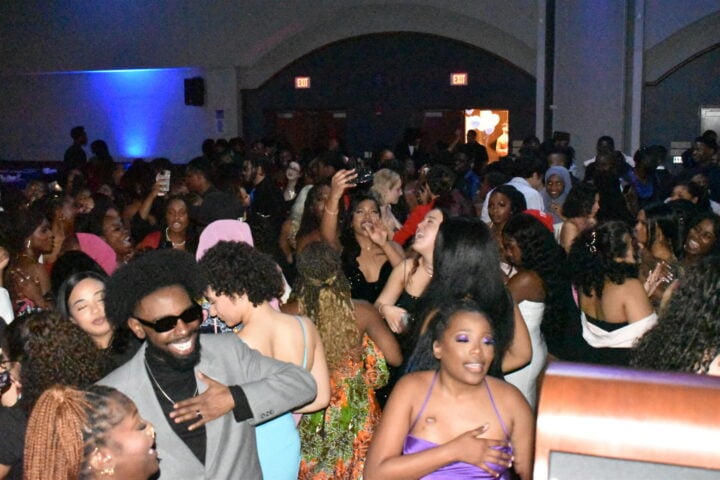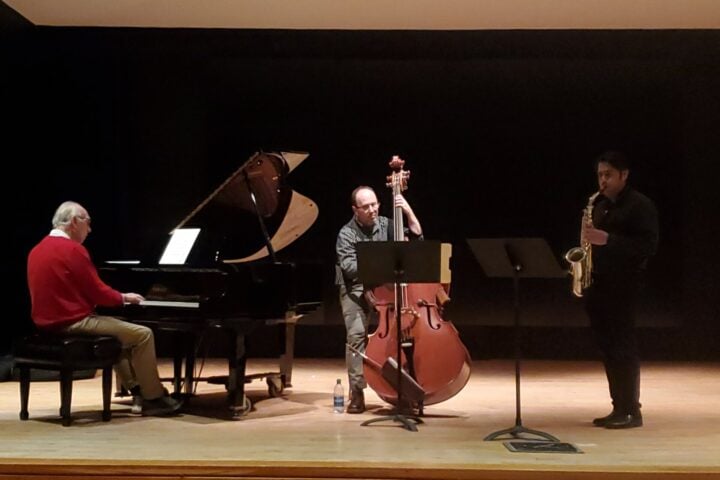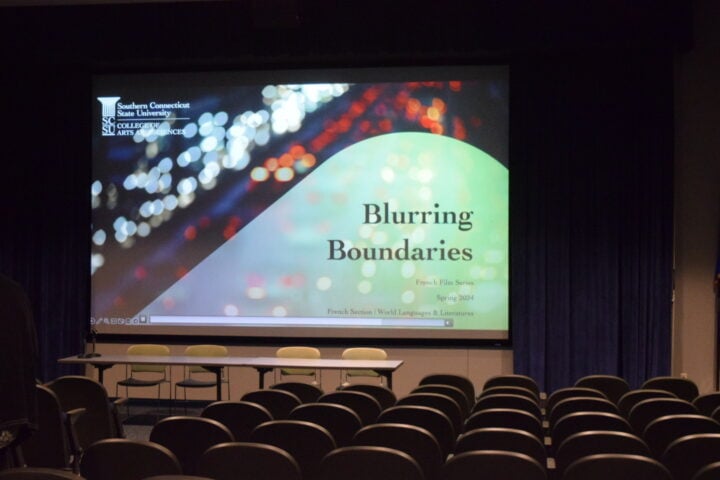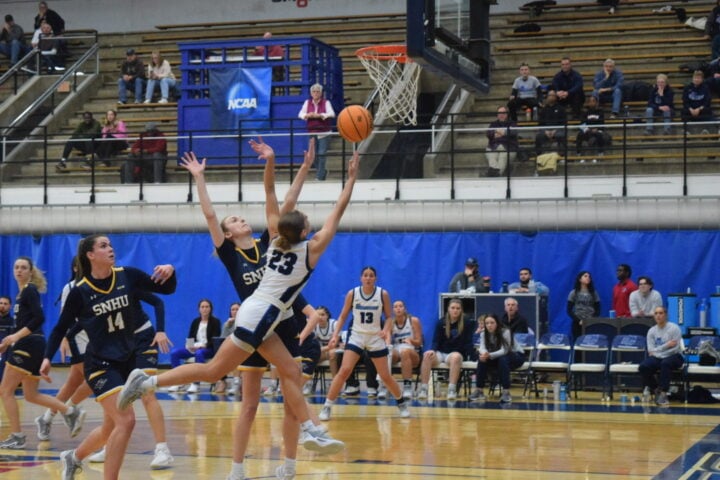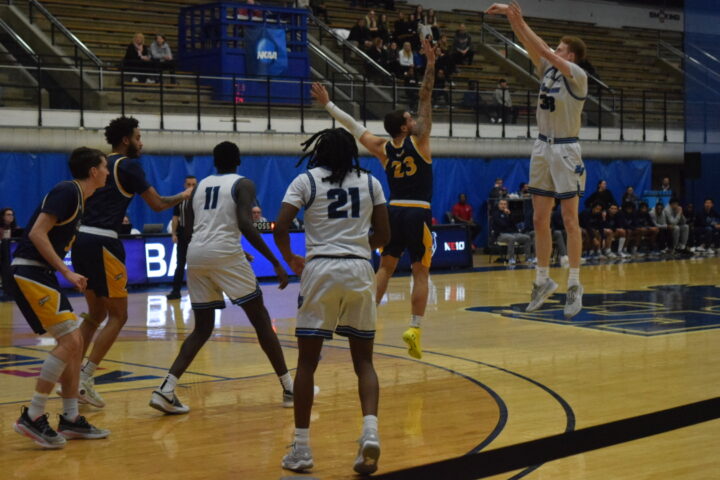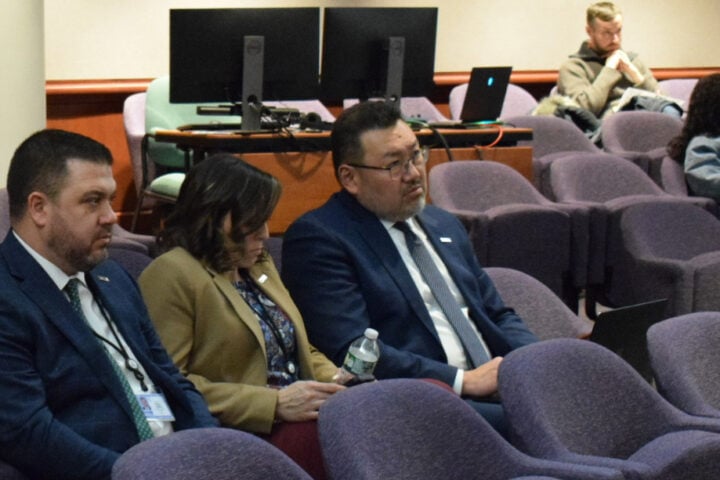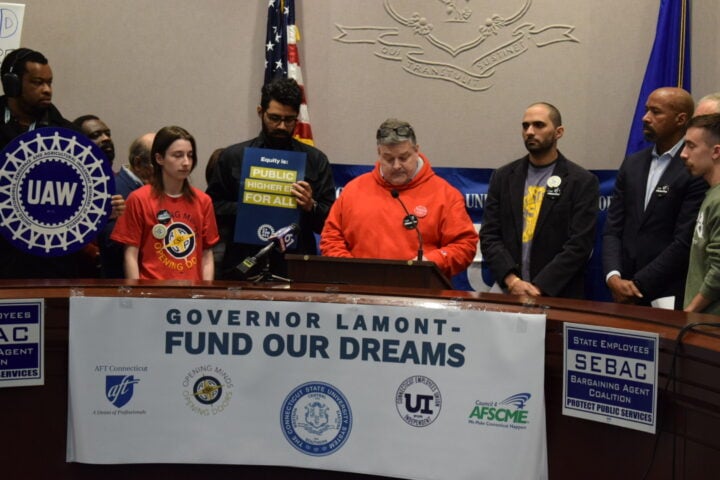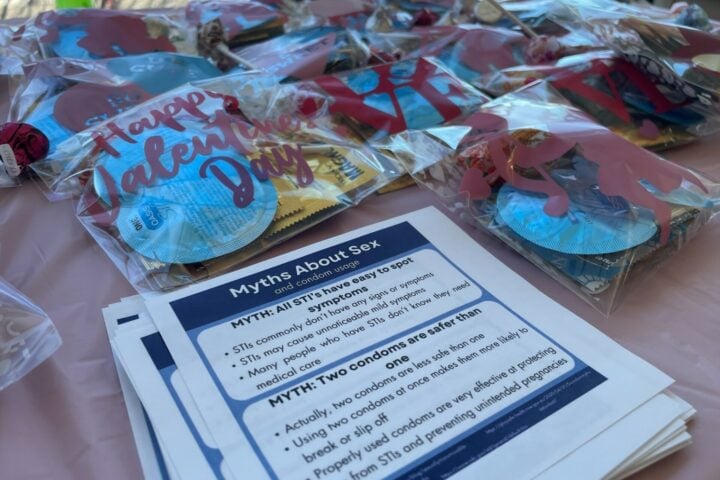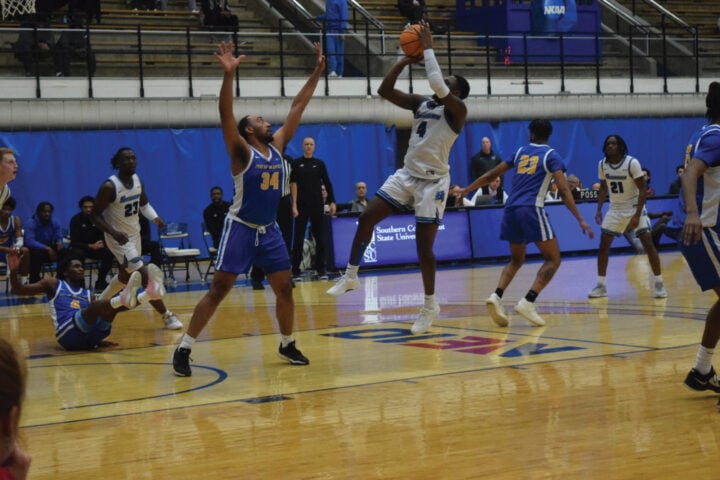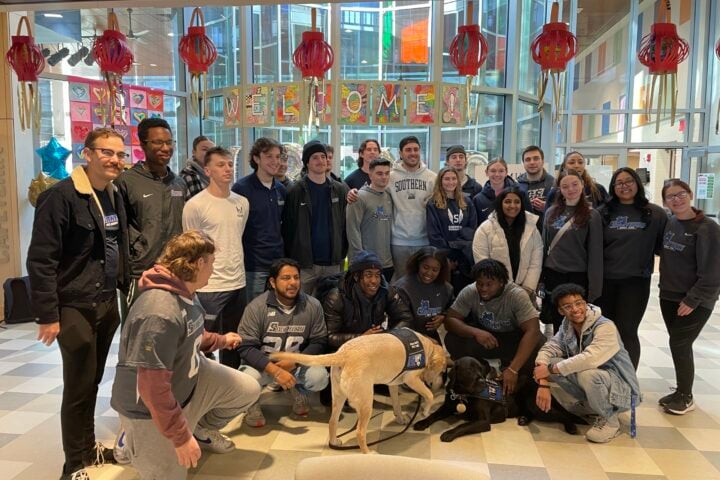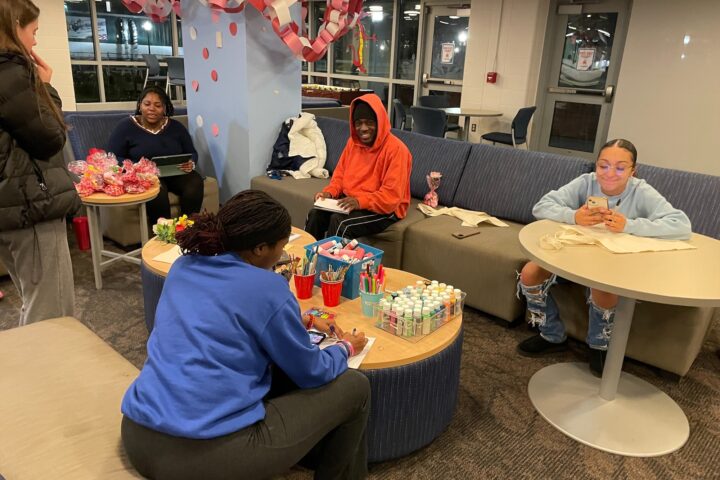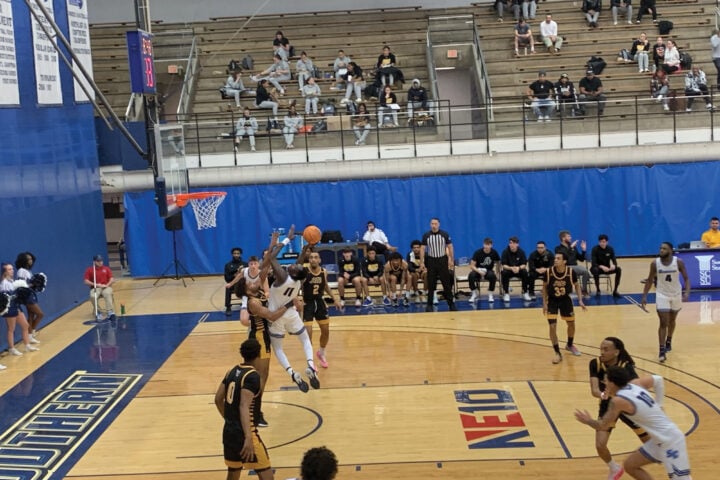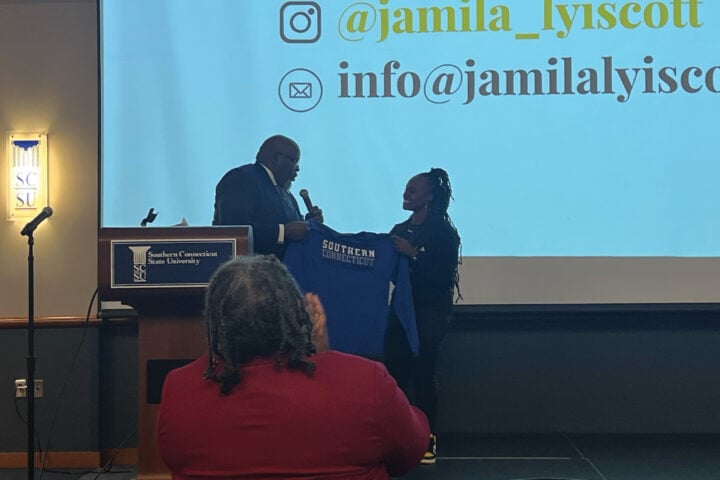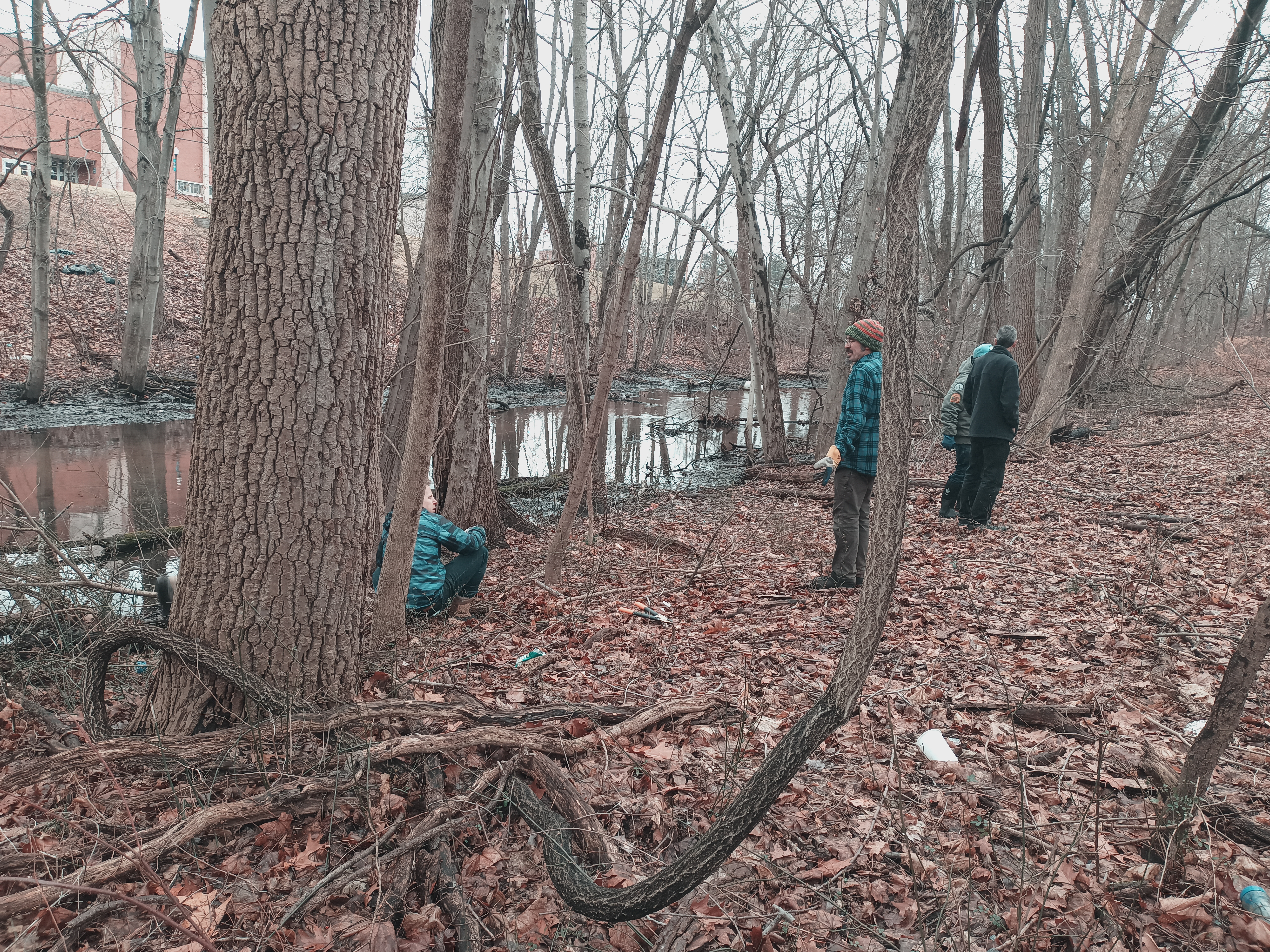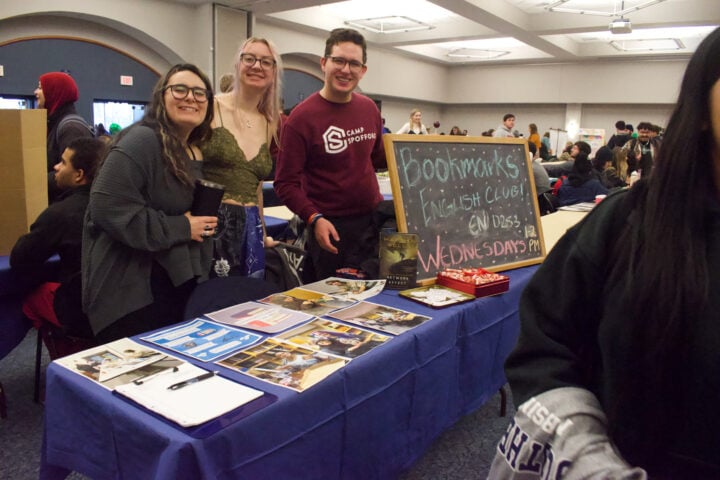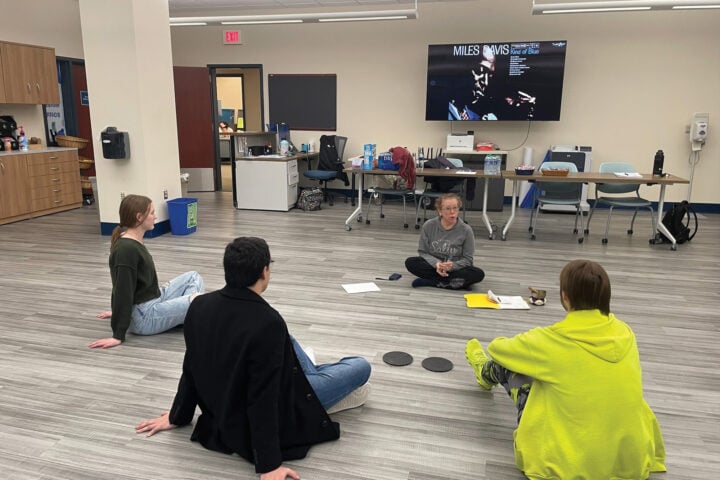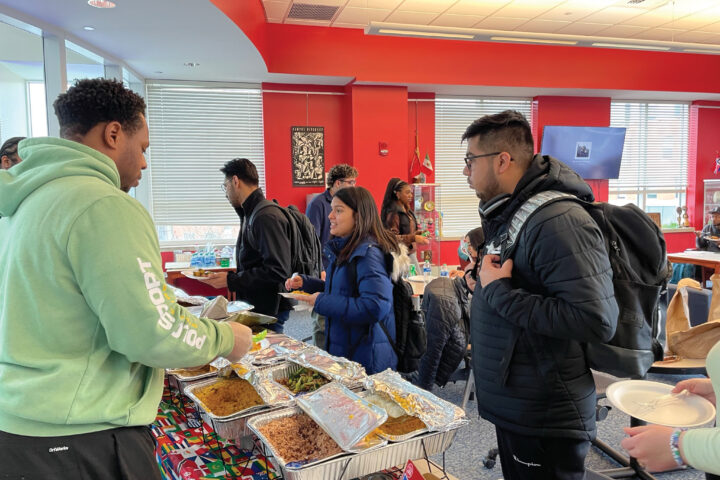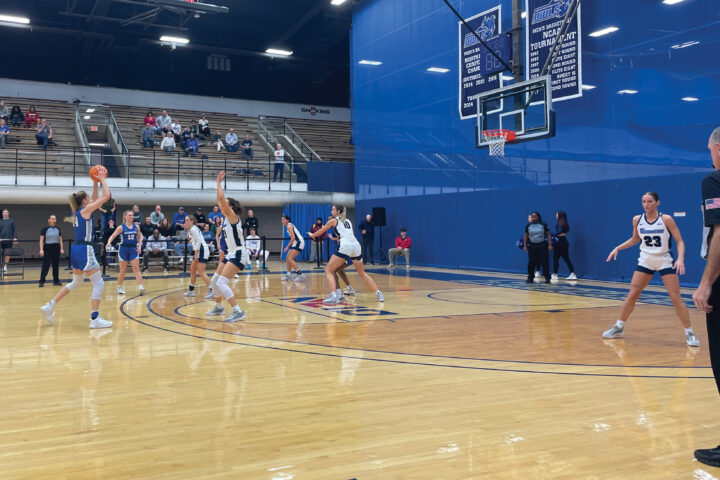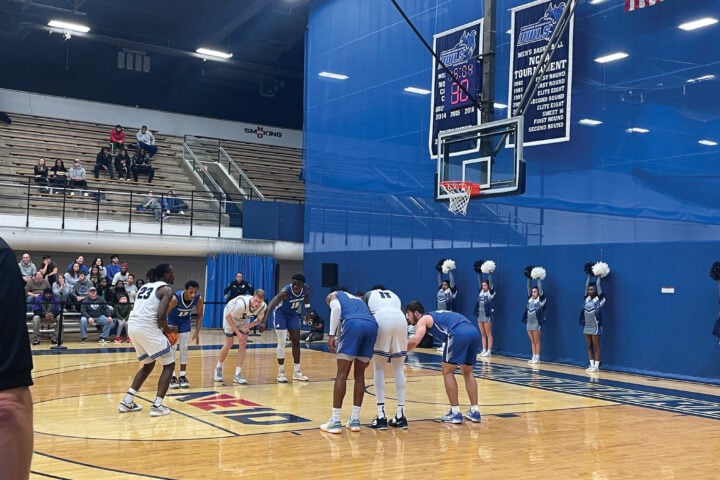Xavier Lassiter – Arts and Entertainment Editor
The first Monday of September is often celebrated with barbecues and beach trips, though according to Troy Rondinone it did not start off that way.
“Labor Day was invented by what was the largest labor organization at the time, the Knights of Labor,” he said. “In 1882 they held a labor holiday in New York City in conjunction with local unions and 30,000 workers went on parade instead of going to work.”
Rondinone, a history professor at Southern Connecticut State University, said the first Labor Day in the United States was a result of union workers deciding to take the day off instead of going to work.
“The first Labor Day might be seen as a one-day strike—bosses let workers have the day off as it grew,” he said. “By the late 1880s, many states passed Labor Day holiday legislation.”
According to the Department of Labor, the first Labor Day was celebrated on Tuesday, Sept. 5, 1882 in New York City. While it is known that labor unions first elected to make it a federally recognized holiday, Labor Day’s sole inventor remains unknown. Some historians argue Peter J. McGuire, the cofounder of the American Federation of Labor, was the first to propose the holiday when he suggested a day to honor those “who from rude nature have delved and carved all the grandeur we behold.” Other historians argue that Matthew Maguire proposed the holiday while working as a secretary for the Central Labor Union in New York, the same union that planned the first Labor Day demonstration and picnic.
Regardless of its inventor, Rondinone said the popularity of the holiday soon spread to nearby states.
“Afterwards, Labor Day parades became annual events in other cities like Cincinnati, Buffalo, and Lynn, Mass.,” he said.
Many poor workers toiled with dangerous and demanding jobs and began to embrace the holiday because it celebrated their hard work, according to the DOL. Rondinone said the workplace of the common 19th century worker was perilous.
“There were far fewer safety precautions, and 12-hour days were not uncommon,” he said. “Child labor was also common, for many workers, one dollar a day was the standard wage.”
“The first Labor Day might be seen as a one-day strike—bosses let workers have the day off as it grew,” he said. “By the late 1880s, many states passed Labor Day holiday legislation.”
According to the Department of Labor, the first Labor Day was celebrated on Tuesday, Sept. 5, 1882 in New York City. While it is known that labor unions first elected to make it a federally recognized holiday, Labor Day’s sole inventor remains unknown. Some historians argue Peter J. McGuire, the cofounder of the American Federation of Labor, was the first to propose the holiday when he suggested a day to honor those “who from rude nature have delved and carved all the grandeur we behold.” Other historians argue that Matthew Maguire proposed the holiday while working as a secretary for the Central Labor Union in New York, the same union that planned the first Labor Day demonstration and picnic.
Regardless of its inventor, Rondinone said the popularity of the holiday soon spread to nearby states.
“Afterwards, Labor Day parades became annual events in other cities like Cincinnati, Buffalo, and Lynn, Mass.,” he said.
Many poor workers toiled with dangerous and demanding jobs and began to embrace the holiday because it celebrated their hard work, according to the DOL. Rondinone said the workplace of the common 19th century worker was perilous.
“There were far fewer safety precautions, and 12-hour days were not uncommon,” he said. “Child labor was also common, for many workers, one dollar a day was the standard wage.”
Photo Credit: Robert Couse-Baker


